Monticello--Index and Introduction
Thomas Jefferson
1769-1809
Introduction
Jefferson was a self-taught, gentleman architect whose ideas evolved over the years. His plantation at Monticello, begun by 1769, served as a continual experiment in the art of building. By 1767 a reference to Monticello occurs in his garden journal (Adams 45) and by 1769 bricks were being made on the site for the first structure. Built over a period of forty years, it was essentially built in two stages, with the second stage (or the second Monticello) built from 1793-1809.
The selection of site, more than 500 feet above the Rivanna River, was daring and original. It was not quite the small Italian hillside recommended by Palladio. Although this mountaintop setting for Monticello ("Little Mountain") provided spectacular views in every direction, as well as cleaner and cooler air, still it lacked a readily available water supply. (Water often had to be carried in since the original springs and the well were inadequate. (Note the cistern which was later used as a means of collecting water.) Roadways up to the site also created problems.
The plantation included service areas, slave quarters, landscaped lawns with a variety of trees and flowers, and extensive vegetable gardens, vineyards, and orchards, which have been reconstructed today.
According to Michael Brawne, "architecturally, Monticello is not of the first rank. Vincent Scully has gone so far as to say 'Compared to the Villa Rotunda, majestic on the hill, Burlington's Chiswick is an impertinence and Jefferson's Monticello looks positively tacky'" (quoted in Brawne 6).
The photographs here were taken on two different days in March 2002, one rainy and overcast, the other sunny and brisk. Gleaming paint and brick is actually rain-covered.
This site has no connection with the official Monticello site. Its address is here.
Index
Works Cited and Consulted:
William Howard Adams. Jefferson's Monticello. New York: Abbeville Press, 1983.
Michael Brawne. University of Virginia The Lawn. London: Phaidon Press, 1994.
 Go to Thomas Jefferson Architecture Index.
Go to Thomas Jefferson Architecture Index.
 Click here to return to index of art historical sites.
Click here to return to index of art historical sites.
 Click here to return to index of artists and architects.
Click here to return to index of artists and architects.
 Click here to return to chronological index.
Click here to return to chronological index.
 Click here to see the home page of Bluffton College.
Click here to see the home page of Bluffton College.
© 2002 Mary Ann Sullivan.
I have photographed (on site), scanned, and manipulated all the images on these pages. Please feel free to use them for personal or educational purposes. They are not available for commercial purposes.


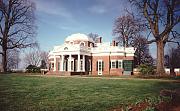
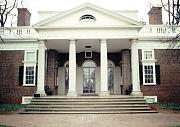
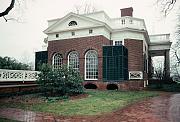
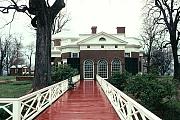
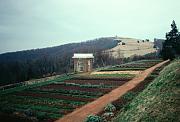
 Go to Thomas Jefferson Architecture Index.
Go to Thomas Jefferson Architecture Index. Click here to return to index of art historical sites.
Click here to return to index of art historical sites.
 Click here to return to index of artists and architects.
Click here to return to index of artists and architects.
 Click here to return to chronological index.
Click here to return to chronological index.
 Click here to see the home page of Bluffton College.
Click here to see the home page of Bluffton College.
